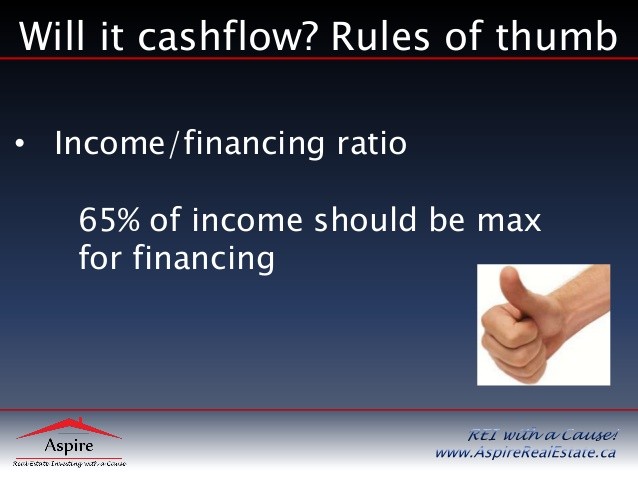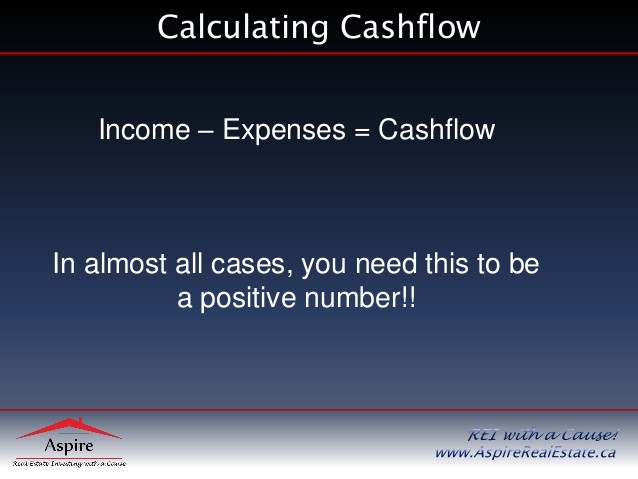6 Rules of Thumb for Every Real Estate Investor
Post on: 28 Март, 2015 No Comment

By Frank Gallinelli
Life can be hard, especially as we try to climb out of the Great Recession. Real estate investing can be a challenge, as well; and while we surely won’t presume to suggest how to deal with life’s big issues, we can offer a few thoughts as to how you might maintain some equilibrium when you look at investment property.
Those of you who follow our content at RealData.com — newsletters. books. articles and software — know that we stress maximizing your chances for success through understanding the metrics of investment property. We don’t tell you that you’ll get rich by thinking positive thoughts, raising your self-confidence, and charging fearlessly into the fray. Instead we urge you to learn about the the financial dynamics that are at work in income-producing real estate. Whether you’re scrutinizing a piece of property you already own, one you want to sell, or one you may choose to buy or develop, you need to master the metrics. The numbers always matter.
6. Cash Flow
— Cash is King. If you can first project that your property will have a strong positive cash flow, then you can exhale and start to look at the other metrics to see if they suggest satisfactory long-term results.
Negative cash flow means reaching into your own pocket to make up the shortfall. There is no joy in finding that your income property fails to support you, but rather you have to support your property. On the other hand, if you do a have a strong positive cash flow, then you can usually ride out the ups and downs that may occur in any market. An unexpected vacancy or repair is far less likely to push you to the edge of default, and you can sit on the sideline during a market decline, waiting until the time is right to sell.
Overambitious financing tends to be a common cause of weak cash flow. Too much leverage. resulting in greater loan costs and higher debt service can mark the tipping point from a good cash flow to none at all. Revisit LTV and DCR, above.
We’re all thumbs, so to speak, so if you found these rules helpful check out more of our books. articles. software. and other resources.















